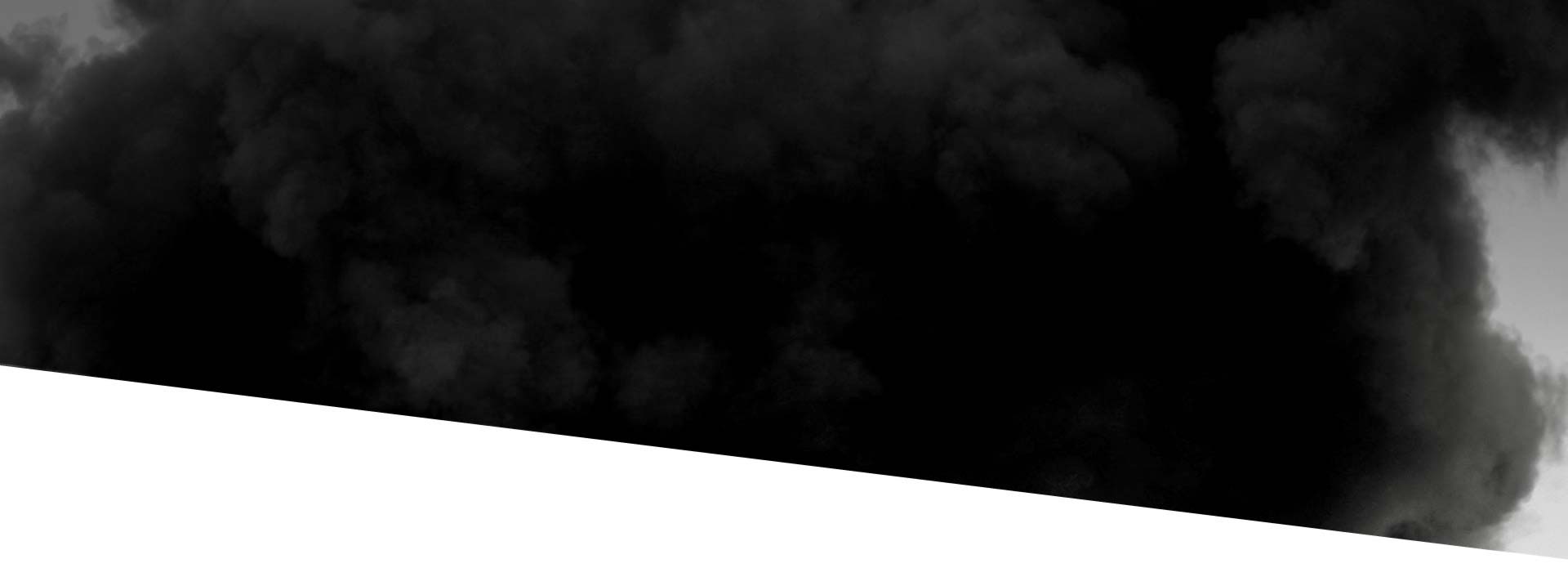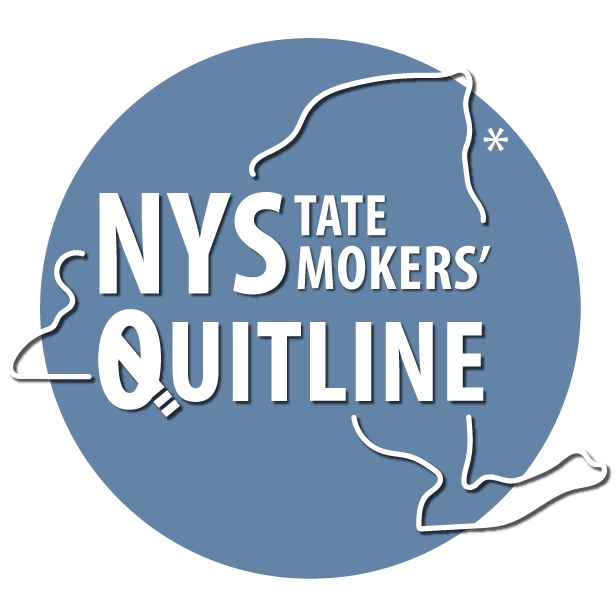
Second and thirdhand smokeWhat it is and what it does
What is secondhand smoke?
Secondhand smoke is exhaled smoke leaving a burning tobacco product such as a cigarette, cigar, or pipe.Exposure to secondhand smoke can happen indoors or outdoors, and can linger for several hours. Non-smokers exposed to secondhand smoke are exposed to the very same hazardous chemicals as smokers, and can be in danger even if exposure is limited to short periods of time. This is especially true in confined spaces such as homes, vehicles, and congested public spaces.
Just like smokers, non-smokers exposed to secondhand smoke can be at higher risk for conditions like lung cancer, heart disease, premature death, and breathing problems such as asthma and emphysema or COPD.
Infants and children exposed to secondhand smoke
have increased risk of low birth weight, lung infection, pneumonia, asthma attacks, bronchitis, Sudden Death Syndrome (SIDS), and ear infection.Pets are affected by secondhand smoke too.
Pets have an increased risk of respiratory infection, lung inflammation, asthma, and nasal and lung cancers.Keeping tobacco and nicotine products away from children and pets helps to keep them safe from possible ingestion – resulting in potential poisoning.
What about thirdhand smoke?
Thirdhand smoke is the lingering nicotine and chemicals that seeps in to clothing and surfaces like walls, carpets, curtains, bedding, and vehicles.What we know:
There is no safe level of exposure to tobacco smoke.
Thirdhand smoke contains chemicals and toxins.
Babies, children, nonsmokers, and pets can be at risk of health problems if they inhale, ingest, or touch thirdhand smoke.
Kids and pets are at high risk for thirdhand smoke.
Kids and pets tend to spend the most time in our homes – close to carpets, drapes, and materials that have absorbed thirdhand smoke.
The best way to protect nonsmokers from secondhand and thirdhand smoke is to create smoke-free environments – including homes, vehicles, and public places.
Last updated 8/20/2018 6:08 PM



 Print Me!
Print Me!



Follow us
News, program updates, and support to quit: